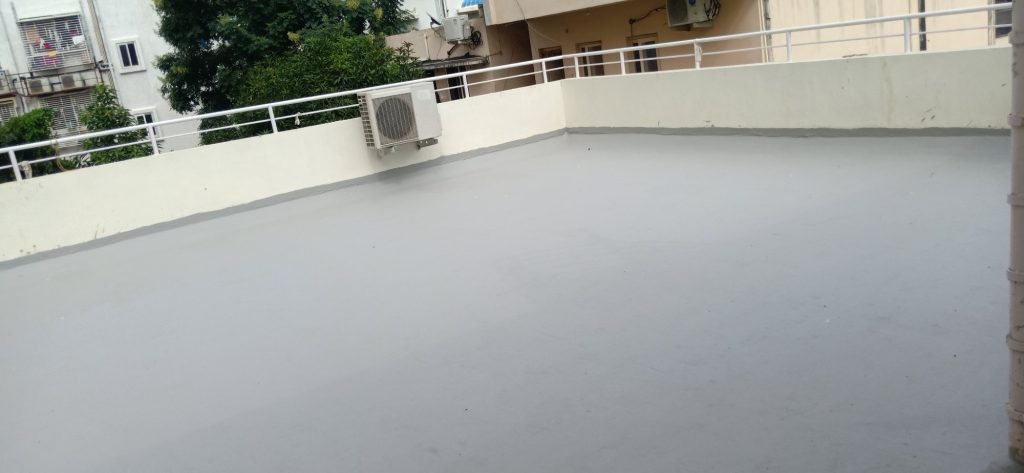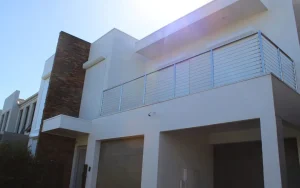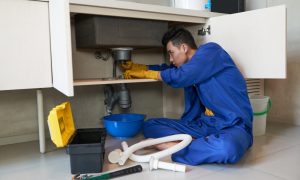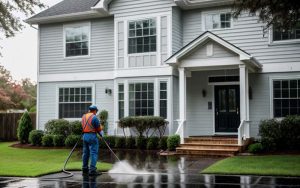Common Waterproofing Issues in Singapore Homes

Waterproofing is the process of making a surface or structure resistant to water ingress or damage. It is essential for buildings and homes in Singapore, where the climate is hot and humid, and rainfall is frequent. However, many homeowners face common problems with waterproofing, such as water leakage, mould growth, or paint peeling. These problems can affect the property value, health, and safety of the occupants. In this blog, we will provide some tips on how to prevent and fix common waterproofing issues in Singapore homes.
Common Waterproofing Mistakes and How to Avoid Them
Waterproofing is not a simple task that can be done by anyone. It requires proper planning, execution, and maintenance. However, many homeowners make some common waterproofing mistakes that can lead to water leakage or damage. Here are some of them and how to avoid them:
- Puncturing the waterproofing membrane after installation. The waterproofing membrane is a thin layer of material that prevents water from seeping through the surface. However, if you drill or nail into the membrane after installation, you can create holes or cracks that can allow water to enter. To avoid this, you should mark the areas where you need to drill or nail before installing the membrane, and use appropriate sealants or tapes to cover the holes or cracks after drilling or nailing.
- Insufficient sloping resulting in stagnant water. Sloping is the angle or gradient of the surface that allows water to flow away from the structure. If the sloping is insufficient, water can accumulate on the surface and cause damage or leakage. To avoid this, you should ensure that the sloping is at least 1% for horizontal surfaces and 2% for vertical surfaces. You can also install drainage systems or outlets to remove excess water from the surface.
- No angle fillet applied. Angle fillet is a triangular-shaped strip of material that is applied at the corners or joints of the surface to prevent water from seeping through the gaps. If you do not apply angle fillet, water can easily penetrate through the corners or joints and cause leakage or damage. To avoid this, you should apply angle fillet at all corners or joints of the surface using a suitable adhesive or mortar.
Common Waterproofing Issues and How to Fix Them
Even if you avoid making common waterproofing mistakes, you may still encounter some common waterproofing issues over time due to natural wear and tear or environmental factors. Here are some of them and how to fix them:
- Dampness or water leakage of walls or ceilings. This is one of the most common waterproofing issues that can occur in Singapore homes due to high humidity and rainfall. It can cause damage to your walls or ceilings such as cracking, bubbling, discoloration, etc. It can also pose health risks such as respiratory problems or allergies due to mould growth or bacteria proliferation. To fix this issue, you should first identify and stop the source of water ingress using methods such as water testing or infrared thermography. Then, you should repair any cracks or gaps on the walls or ceilings using sealants or coatings. You should also dry the affected areas using fans or dehumidifiers, and apply anti-fungal or anti-bacterial treatments to prevent mould growth or infection.
- Mould growth or stains on walls or ceilings. This is another common waterproofing issue that can occur in Singapore homes due to dampness or water leakage. It can cause unsightly and unhealthy conditions on your walls or ceilings such as black, green, or brown spots or patches . It can also emit unpleasant odors or trigger allergic reactions or asthma attacks . To fix this issue, you should first remove the mould or stains using bleach or vinegar solutions. Then, you should dry the affected areas using fans or dehumidifiers, and apply anti-fungal or anti-bacterial treatments to prevent recurrence . You should also improve the ventilation and lighting of your rooms to reduce moisture and darkness, which are favorable conditions for mould growth .
- Cracks or peeling of paint or plaster on walls or ceilings. This is another common waterproofing issue that can occur in Singapore homes due to thermal expansion and contraction, structural movement, poor quality materials, etc. It can cause aesthetic and structural problems on your walls or ceilings such as flaking, chipping, curling, etc.
How to Maintain Your Waterproofing System
Having a good waterproofing system is not enough to protect your home from water damage. You also need to maintain it regularly and properly to ensure its effectiveness and longevity. Here are some tips on how to maintain your waterproofing system:
- Regularly inspect your roof, walls, and pipes for any signs of leakage or damage. You should check your roof, walls, and pipes at least once a year or after a heavy rain or storm for any cracks, gaps, stains, moulds, or corrosion. If you find any problems, you should fix them as soon as possible or contact a waterproofing specialist in Singapore for assistance.
- Clean your gutters and drains to prevent clogging or blockage. You should clear your gutters and drains of any leaves, debris, or dirt that can obstruct the water flow and cause overflow or backflow. You should also flush your pipes with water or vinegar to remove any buildup or residue that can affect the water pressure or quality.
- Avoid drilling or nailing into your waterproofed surfaces unless necessary. You should minimize the number of holes or punctures on your waterproofed surfaces to prevent water ingress or damage. If you need to drill or nail into your waterproofed surfaces, you should use appropriate sealants or tapes to cover the holes or cracks after drilling or nailing.
- Seek professional help from a waterproofing specialist in Singapore if you encounter any serious problems or need expert advice. You should not attempt to repair or replace your waterproofing system by yourself if you are not sure how to do it correctly or safely. You should also consult a waterproofing specialist in Singapore if you have any questions or doubts about your waterproofing system or its maintenance.
Conclusion
Waterproofing is an important aspect of building and home maintenance in Singapore. It can prevent water leakage, mould growth, paint peeling, and other problems that can affect your property value, health, and safety.







